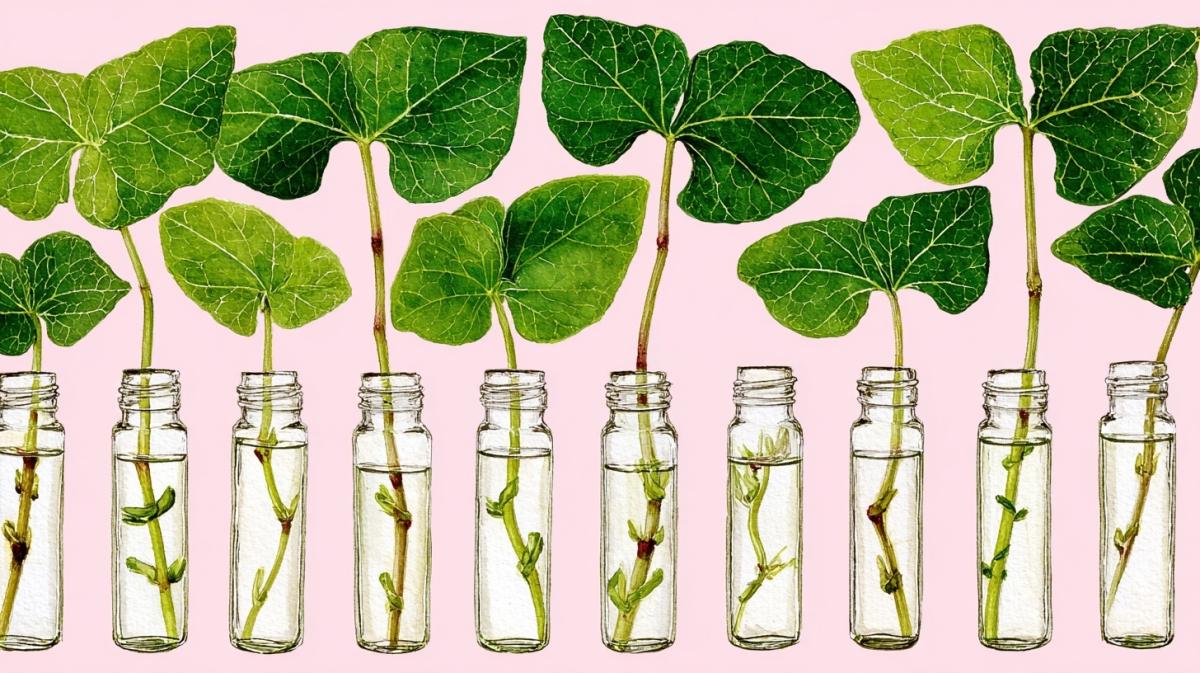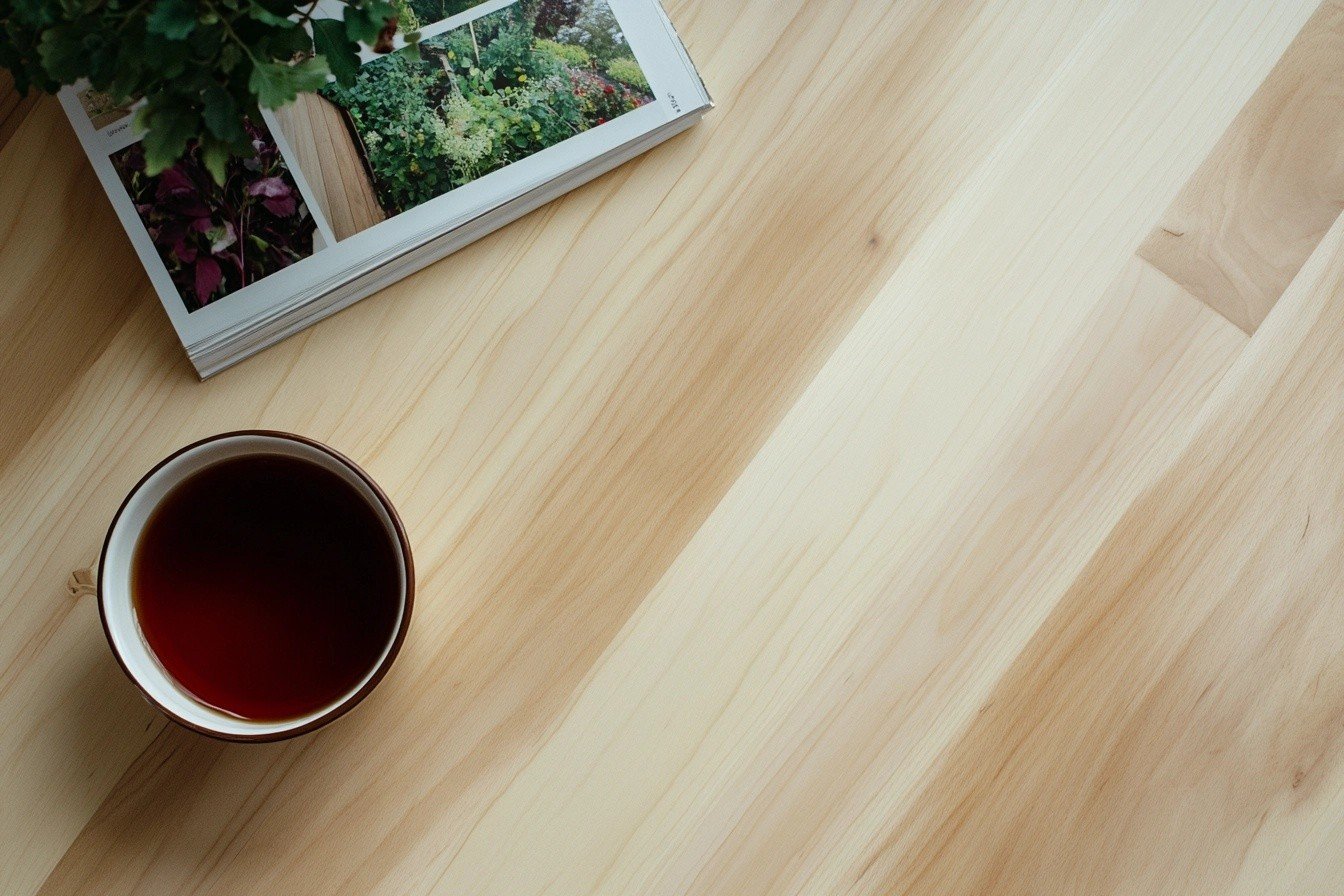Alright, let's talk hydro! You're thinking about ditching the dirt and getting your green babies growing in water, huh? Smart move! But then you're faced with a whole alphabet soup of different hydroponic methods. Don't sweat it, we're gonna break down three of the most popular ones in plain English: Kratky, RDWC (Recirculating Deep Water Culture), and Ebb and Flow. Think of this as your friendly guide to choosing the right watery home for your plants.
Keepin' it Simple: The Chill Vibes of Kratky
Imagine the most low-maintenance houseplant you've ever owned... now make it even lazier. That's kinda the vibe of Kratky hydroponics.
The Basic Idea: You fill a container with nutrient-rich water, suspend your plant so its roots are partially submerged and partially exposed to air, and then... you mostly leave it alone! As the plant drinks up the water, an air gap naturally forms, giving the roots the oxygen they need above the waterline. No pumps, no airstones, no fancy timers. It's the ultimate set-it-and-forget-it method for smaller plants and shorter growth cycles.
Think of it like this: It's like giving your plant a water bottle that it drinks from over time
Why folks dig Kratky:
-
Super Simple Setup: Seriously, it doesn't get much easier. A container, a lid with holes, and some nutrient solution are all you really need.
-
No Electricity Required: Perfect for off-grid growing or if you're just trying to keep your power bill down.
-
Low Maintenance: Once it's set up, you mostly just monitor water levels (initially) and let nature do its thing.
Things to keep in mind:
-
Best for Non-Fruiting Plants & Shorter Cycles: Think leafy greens, herbs. Big, thirsty fruiting plants might drink up all the water too fast, and it can be tricky to replenish without disturbing the air gap.
-
Limited Nutrient Control: You're essentially giving the plant all its food at once. You can't easily adjust nutrient levels mid-cycle.
-
Can Be Susceptible to Algae: Stagnant water can sometimes lead to algae growth if your container isn't light-proof.
Going Big with Bubbles: Diving into RDWC
Alright, now let's crank things up a notch! RDWC, or Recirculating Deep Water Culture, is for when you want your plants to grow fast and big.
The Basic Idea: In RDWC, your plants' roots are fully submerged in an oxygen-rich nutrient solution. The "deep water culture" part means the roots are always in the water. The "recirculating" part is key: the nutrient solution is constantly being pumped between multiple buckets (one for each plant) and a central reservoir. This keeps the nutrient levels and temperature consistent throughout the system, and the recirculation often passes through an airstone in each bucket, blasting those roots with oxygen. Happy, oxygenated roots mean happy, fast-growing plants!
Think of it like this: It's like your plants are soaking in a jacuzzi filled with their favorite smoothie, and that smoothie is constantly being refreshed and bubbly.
Why RDWC is popular:
-
Blazing Fast Growth: The constant supply of oxygen and nutrients directly to the roots leads to explosive growth rates.
-
Great for Large Plants & Fruiting Varieties: Think tomatoes, peppers, cannabis – RDWC can handle the big boys and girls.
-
Stable Nutrient and pH Levels: The recirculating system helps even out fluctuations, making it easier to maintain optimal conditions.
Things to consider:
-
More Complex Setup: You'll need buckets, plumbing, a pump, airstones, and tubing. It's a bit more involved than Kratky.
-
Requires Electricity: Pumps and airstones need power. A power outage could be problematic.
-
Temperature Control is Important: A large volume of water can fluctuate in temperature. Keeping it in the ideal range (around 65-72°F / 18-22°C) is crucial to prevent issues like root rot. Chilling the water might be necessary in warmer climates.
-
Potential for Disease Spread: Because the water is shared between plants, if one plant gets sick, it can spread quickly through the system. Good hygiene and regular reservoir changes are key.
The Tide is High: Exploring Ebb and Flow (Flood and Drain)
Now let's get a little more dynamic with Ebb and Flow, also known as Flood and Drain. This method involves periodically flooding your grow tray with nutrient solution and then letting it drain back into a reservoir.
The Basic Idea: Your plants sit in a grow tray filled with an inert medium like clay pebbles or rockwool. A pump on a timer periodically floods the tray with nutrient-rich water from a reservoir below. The roots get their drink and then, as the pump shuts off, gravity pulls the solution back down into the reservoir. This cycle of flooding and draining ensures the roots get both nutrients and plenty of oxygen as the water recedes and fresh air fills the root zone.
Think of it like this: It's like giving your plants a regular bath and then letting them air out to dry.
Why Ebb and Flow is a solid choice:
-
Excellent Oxygenation: The draining process pulls fresh air into the root zone, preventing root rot.
-
Good Nutrient Delivery: The periodic flooding ensures all the roots get a good soak in the nutrient solution.
-
Versatile for Different Plant Sizes: Can be adapted for various plant types and sizes, although larger, longer-cycle plants might require more frequent flooding.
Things to keep in mind:
-
Requires a Timer and Pump: You'll need a reliable timer to control the flood cycles and a submersible pump.
-
Risk of Pump Failure: If the pump fails, your plants won't get water. A backup plan or quality pump is a good idea.
-
Media Can Dry Out: If the flood cycles aren't frequent enough, the grow medium can dry out between floods, potentially stressing the plants. Finding the right flooding frequency is key.
-
Salt Buildup in Media: Over time, nutrient salts can accumulate in the grow medium. Periodic flushing of the media with plain water might be necessary.
-
Potential for Leaks: With all that water moving around, ensuring all your connections are secure is crucial to avoid spills.
Which Hydro House is Right for You?
So, which method should you choose? It really boils down to your experience level, the types of plants you want to grow, your budget, and how much time and effort you're willing to put in:
-
Kratky: Perfect for beginners, small-scale projects, leafy greens, and anyone wanting the absolute simplest, electricity-free setup.
-
RDWC: Ideal for experienced growers aiming for rapid growth and high yields of larger, fruiting plants.
Be prepared for a more complex setup and the need for temperature management. -
Ebb and Flow: A good middle ground that offers excellent oxygenation and nutrient delivery, suitable for a range of plants. Requires a bit more setup than Kratky but is generally less prone to temperature swings than RDWC.
No matter which method you choose, jumping into hydroponics is a fun and rewarding experience. Don't be afraid to start small, do your research, and experiment. Happy growing!

